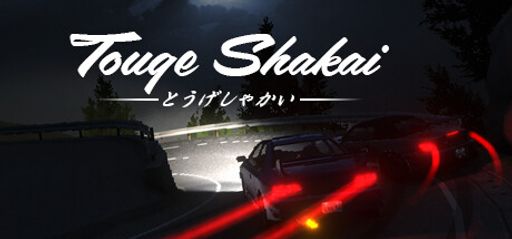 Hey everyone! I’m really excited about Touge Shakai by Raiyon Studios Pte Ltd, published by the same team. The game blends Japanese car culture with legendary drift battles. I love the twist where drifting on rear‐wheel drives is faster than grip driving. In addition, reviews praise its balance of fun and simulation, and I honestly feel it offers a fresh open-world racing vibe.
Hey everyone! I’m really excited about Touge Shakai by Raiyon Studios Pte Ltd, published by the same team. The game blends Japanese car culture with legendary drift battles. I love the twist where drifting on rear‐wheel drives is faster than grip driving. In addition, reviews praise its balance of fun and simulation, and I honestly feel it offers a fresh open-world racing vibe.
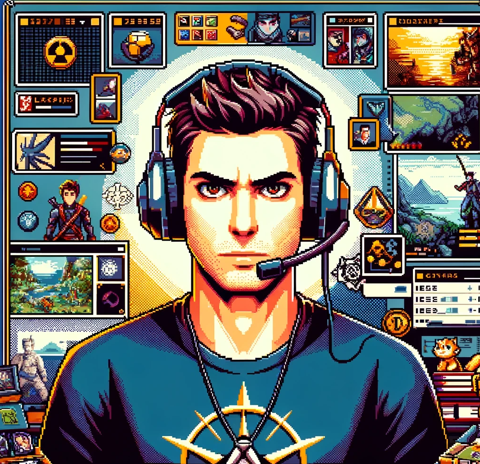 I agree, NewGamer. I appreciate every little detail in Touge Shakai. Each car’s distinct driving characteristics and unlockable side quests appeal to my love for thorough exploration. What’s more, the game’s customization options and hidden collectibles are a treat. Even the critiques about matchmaking and netcode spur the developers to refine the experience further.
I agree, NewGamer. I appreciate every little detail in Touge Shakai. Each car’s distinct driving characteristics and unlockable side quests appeal to my love for thorough exploration. What’s more, the game’s customization options and hidden collectibles are a treat. Even the critiques about matchmaking and netcode spur the developers to refine the experience further.
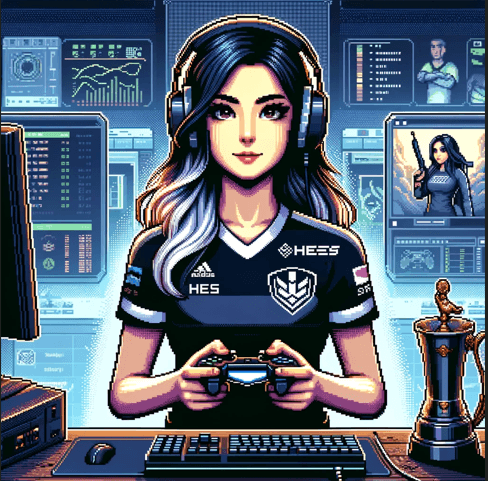 For me, it’s the gameplay mechanics that shine. I love the precise controls and unique physics. Mastering different driving styles in varied conditions feels like a real skill test. For instance, it reminds me of other sim-cade racers but pushes the envelope with its innovative drifting twist. I also enjoy the challenge in PvP battles, where every move matters.
For me, it’s the gameplay mechanics that shine. I love the precise controls and unique physics. Mastering different driving styles in varied conditions feels like a real skill test. For instance, it reminds me of other sim-cade racers but pushes the envelope with its innovative drifting twist. I also enjoy the challenge in PvP battles, where every move matters.
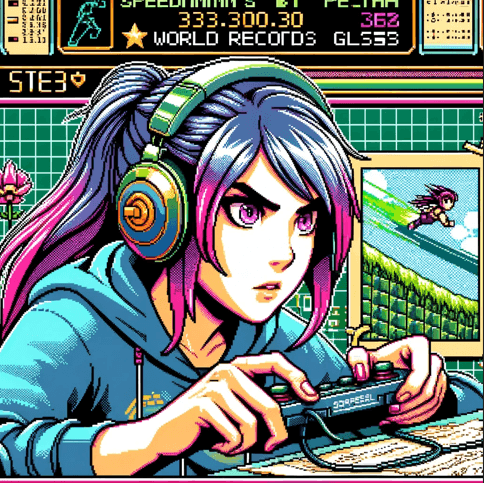 Absolutely, PlayerProX! I dig the Time Attack mode and ghost car replays. I can fine-tune every lap with the detailed track data, and the FPV drone mode adds an unbelievable twist. Additionally, the audio cues and visual guides are essential for speedrunning. This game rewards players who refine their skills and push for better times.
Absolutely, PlayerProX! I dig the Time Attack mode and ghost car replays. I can fine-tune every lap with the detailed track data, and the FPV drone mode adds an unbelievable twist. Additionally, the audio cues and visual guides are essential for speedrunning. This game rewards players who refine their skills and push for better times.
 Let’s dive into the gameplay mechanics. The controls feel crisp and responsive. You can adjust settings as you drift through varied weather conditions. The free roam in multiplayer lobbies makes exploration exciting. Compared to other racers, Touge Shakai injects exciting surprises into every mode.
Let’s dive into the gameplay mechanics. The controls feel crisp and responsive. You can adjust settings as you drift through varied weather conditions. The free roam in multiplayer lobbies makes exploration exciting. Compared to other racers, Touge Shakai injects exciting surprises into every mode.
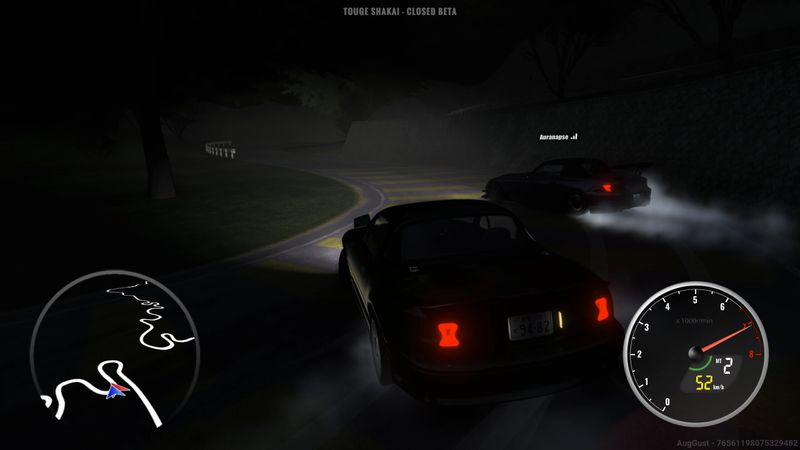
 I love how every detail matters. The game’s network enables impromptu battles and free rides that keep my curiosity piqued. I’m constantly finding hidden shortcuts and collectibles on tracks like Myogi. While some reported issues with netcode, they are being worked on, which shows Raiyon Studios cares about improvement.
I love how every detail matters. The game’s network enables impromptu battles and free rides that keep my curiosity piqued. I’m constantly finding hidden shortcuts and collectibles on tracks like Myogi. While some reported issues with netcode, they are being worked on, which shows Raiyon Studios cares about improvement.
 The mechanics are challenging in a good way. Precise timing during aggressive drifts makes every race competitive. The physics system is robust and places emphasis on mastering each vehicle. As a result, this design makes every race a learning opportunity. I can compare it to other titles I’ve mastered, yet Touge Shakai brings a unique twist.
The mechanics are challenging in a good way. Precise timing during aggressive drifts makes every race competitive. The physics system is robust and places emphasis on mastering each vehicle. As a result, this design makes every race a learning opportunity. I can compare it to other titles I’ve mastered, yet Touge Shakai brings a unique twist.
 And for speedrunners like me, every fraction of a second counts. The ghost replays are a genius feature to perfect lap times. I use each run as a live tutorial. In turn, the game’s balance between simulation and fun makes optimizing my path both challenging and exhilarating.
And for speedrunners like me, every fraction of a second counts. The ghost replays are a genius feature to perfect lap times. I use each run as a live tutorial. In turn, the game’s balance between simulation and fun makes optimizing my path both challenging and exhilarating.
 Moving on to story and narrative, the game may not have a heavy plot, but it captures the soul of Japanese touge racing culture. Notably, the environment and track names add layers of lore. Raiyon Studios clearly wanted to pay homage to legendary mountain pass racing.
Moving on to story and narrative, the game may not have a heavy plot, but it captures the soul of Japanese touge racing culture. Notably, the environment and track names add layers of lore. Raiyon Studios clearly wanted to pay homage to legendary mountain pass racing.
 Exactly. I enjoy the subtle storytelling in the driver and team profiles. There’s a legacy behind each unlocked racer and vehicle. It creates a hidden narrative for those willing to explore. While the narrative isn’t front and center, it enriches the overall world-building.
Exactly. I enjoy the subtle storytelling in the driver and team profiles. There’s a legacy behind each unlocked racer and vehicle. It creates a hidden narrative for those willing to explore. While the narrative isn’t front and center, it enriches the overall world-building.
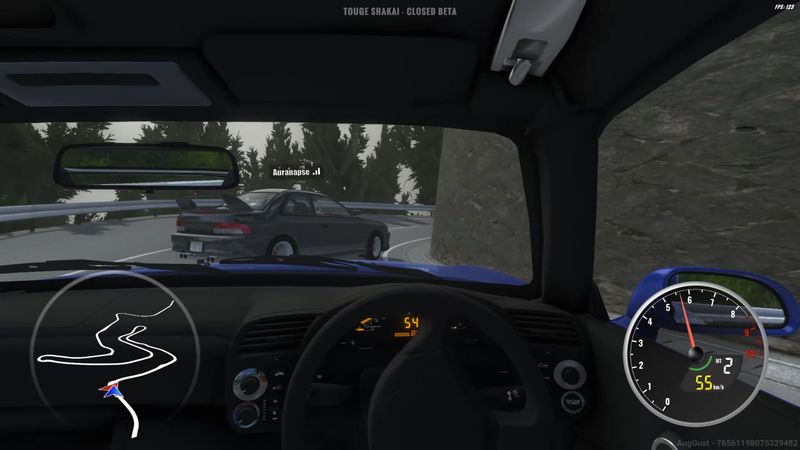
 I’d love to see deeper character arcs in future updates, though. More background for rivals and crew members would add a personal twist during team battles. With that in mind, this extra narrative layer could heighten every competitive showdown.
I’d love to see deeper character arcs in future updates, though. More background for rivals and crew members would add a personal twist during team battles. With that in mind, this extra narrative layer could heighten every competitive showdown.
 Even with minimal narrative, the game sets the right vibe. The playful banter in profiles fuels my competitive spirit. Consequently, it keeps the adrenaline high, making every race feel like part of a larger story.
Even with minimal narrative, the game sets the right vibe. The playful banter in profiles fuels my competitive spirit. Consequently, it keeps the adrenaline high, making every race feel like part of a larger story.
 Now, about visuals and graphics. The art direction channels the aesthetics of the 90s Japanese street culture. The color palettes shift from moody twilight hues to crisp, clear daylight, setting the perfect stage for each race. The game runs smoothly on most systems and impresses with detailed vehicle models.
Now, about visuals and graphics. The art direction channels the aesthetics of the 90s Japanese street culture. The color palettes shift from moody twilight hues to crisp, clear daylight, setting the perfect stage for each race. The game runs smoothly on most systems and impresses with detailed vehicle models.
 I love the care given to car details and cosmetic customization. I can spend time perfecting liveries and exploring visual secrets on every track. Granted, some optimization tweaks would help, but the presentation remains top-notch and immersive.
I love the care given to car details and cosmetic customization. I can spend time perfecting liveries and exploring visual secrets on every track. Granted, some optimization tweaks would help, but the presentation remains top-notch and immersive.
 The graphics are crisp and functional during high-speed races. The engine delivers clear animations on drifts and weather effects that build the mood. The visuals directly support the gameplay—clarity on every turn is essential when racing hard.
The graphics are crisp and functional during high-speed races. The engine delivers clear animations on drifts and weather effects that build the mood. The visuals directly support the gameplay—clarity on every turn is essential when racing hard.
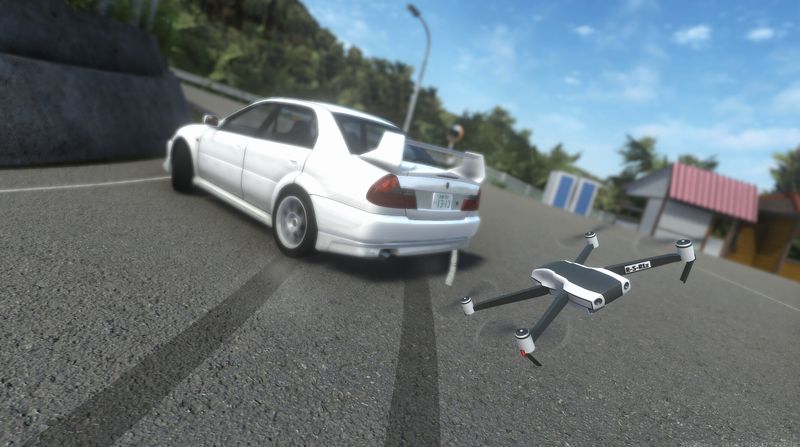
 For speedruns, clear track lines are critical. The visual design makes it easy to pinpoint optimal paths. Even better, I appreciate the balance between stunning art and practical guidance during a race.
For speedruns, clear track lines are critical. The visual design makes it easy to pinpoint optimal paths. Even better, I appreciate the balance between stunning art and practical guidance during a race.
 When it comes to audio and sound design, Touge Shakai excels. The soundtrack allows you to load personal tracks, which is great for customization. Even the default sounds—from roaring engines to tire screeches—add realism and intensity.
When it comes to audio and sound design, Touge Shakai excels. The soundtrack allows you to load personal tracks, which is great for customization. Even the default sounds—from roaring engines to tire screeches—add realism and intensity.
 The audio cues provide immersive feedback during races. Engine roars and drift sound effects work well to pull you into the action. Though there are occasional syncing issues, the sound design overall vastly improves the racing experience.
The audio cues provide immersive feedback during races. Engine roars and drift sound effects work well to pull you into the action. Though there are occasional syncing issues, the sound design overall vastly improves the racing experience.
 Clear audio cues are vital. They help me time every drift and braking moment. The ability to integrate your tunes allows you to create a personalized ambiance that heightens your concentration during competitive sessions.
Clear audio cues are vital. They help me time every drift and braking moment. The ability to integrate your tunes allows you to create a personalized ambiance that heightens your concentration during competitive sessions.
 I rely on audio cues to push myself during Time Attack. Every gear shift and engine note motivates that extra burst on the track. Meanwhile, the soundtrack’s style keeps my adrenaline pumping as I optimize my laps.
I rely on audio cues to push myself during Time Attack. Every gear shift and engine note motivates that extra burst on the track. Meanwhile, the soundtrack’s style keeps my adrenaline pumping as I optimize my laps.
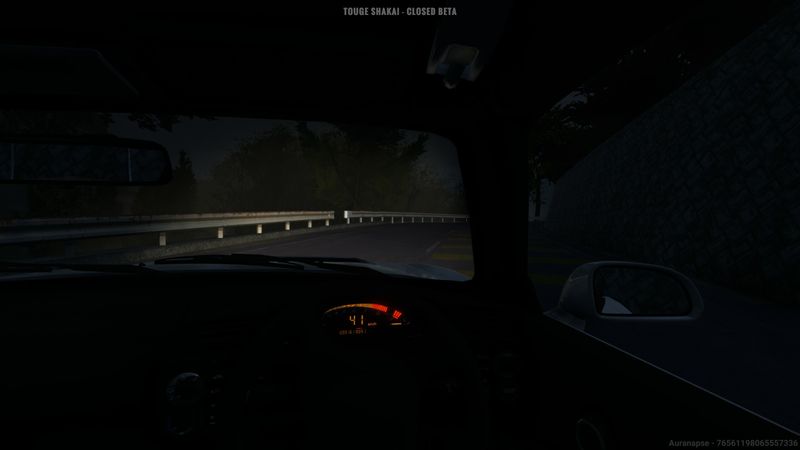
 Let’s discuss characters and their development. Though the game focuses on racing, the driver and team profiles add fun personality. Racers have distinct traits, and player-created profiles foster a community spirit.
Let’s discuss characters and their development. Though the game focuses on racing, the driver and team profiles add fun personality. Racers have distinct traits, and player-created profiles foster a community spirit.
 I like delving into the lore behind each racer. Those small details add depth to your rivalry on the tracks. That said, I do hope future updates expand on these backstories to further enrich the gaming experience.
I like delving into the lore behind each racer. Those small details add depth to your rivalry on the tracks. That said, I do hope future updates expand on these backstories to further enrich the gaming experience.
 More detailed profiles would add a layer of strategy during team battles. The potential for rival arcs and deeper development would invite players to invest emotionally. That extra narrative element can elevate competitive gameplay.
More detailed profiles would add a layer of strategy during team battles. The potential for rival arcs and deeper development would invite players to invest emotionally. That extra narrative element can elevate competitive gameplay.
 I appreciate quick, impactful rival profiles that give you a competitive edge. Even minor backstories can push you to beat your adversaries in every race.
I appreciate quick, impactful rival profiles that give you a competitive edge. Even minor backstories can push you to beat your adversaries in every race.
 Let’s break down the challenge level. The game provides varied challenges—from tactical time attacks to intense PvP battles. The progression curve rewards steady improvement. Admittedly, some players mention occasional spikes in netcode lag, but the overall balance is strong.
Let’s break down the challenge level. The game provides varied challenges—from tactical time attacks to intense PvP battles. The progression curve rewards steady improvement. Admittedly, some players mention occasional spikes in netcode lag, but the overall balance is strong.
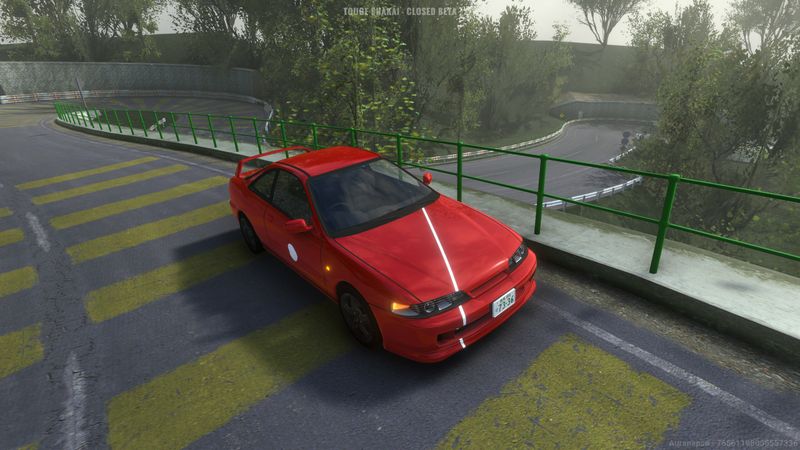
 The challenge is well rounded. Technical tracks demand mastery and exploration, while bonus objectives keep the drive exciting. Every obstacle feels earned, and learning curves are rewarding. The developers clearly care about balancing difficulty.
The challenge is well rounded. Technical tracks demand mastery and exploration, while bonus objectives keep the drive exciting. Every obstacle feels earned, and learning curves are rewarding. The developers clearly care about balancing difficulty.
 I find that the technical precision required in each race pushes my skills. The different physics in each car keep me on my toes. Because of this, I see the game challenging both casual players and competitive veterans alike.
I find that the technical precision required in each race pushes my skills. The different physics in each car keep me on my toes. Because of this, I see the game challenging both casual players and competitive veterans alike.
 For speedrunners, the rising challenge keeps the adrenaline strong. Every sharp corner and fast-paced straight tests my limits. It feels like every race is a new sprint toward perfection.
For speedrunners, the rising challenge keeps the adrenaline strong. Every sharp corner and fast-paced straight tests my limits. It feels like every race is a new sprint toward perfection.
 What about replay value? Touge Shakai offers extensive unlockables, secret tracks, and achievements that boost longevity. Additionally, its ghost replays and competitive modes invite multiple playthroughs.
What about replay value? Touge Shakai offers extensive unlockables, secret tracks, and achievements that boost longevity. Additionally, its ghost replays and competitive modes invite multiple playthroughs.
 Replayability is high for people like me. Every new unlockable and collectible encourages revisiting tracks. I find joy in replaying races to perfect every hidden detail. Not to mention, the community’s evolving profiles also keep me returning.
Replayability is high for people like me. Every new unlockable and collectible encourages revisiting tracks. I find joy in replaying races to perfect every hidden detail. Not to mention, the community’s evolving profiles also keep me returning.
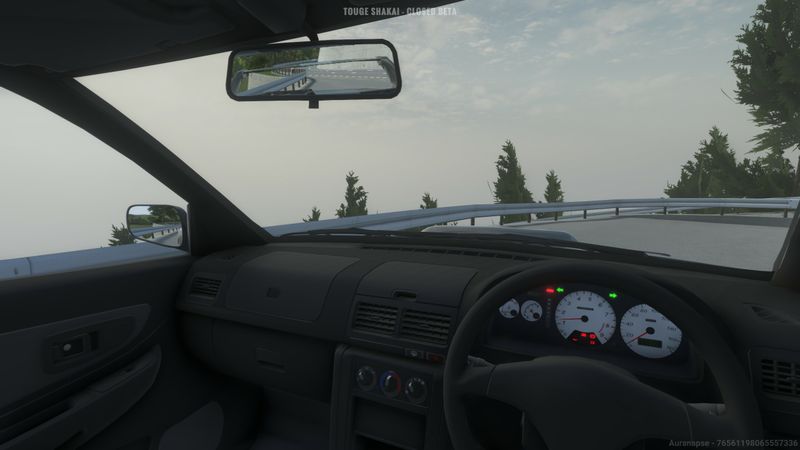
 The competitive modes add fresh content every session. In addition, with evolving tactics and community rankings, I always find something new to master. Amazingly, the game’s structure supports a continued competitive journey.
The competitive modes add fresh content every session. In addition, with evolving tactics and community rankings, I always find something new to master. Amazingly, the game’s structure supports a continued competitive journey.
 I appreciate that I can refine my speedruns repeatedly. The game’s replay features let me analyze every second of my laps. In this way, this constant improvement loop makes each playthrough uniquely satisfying.
I appreciate that I can refine my speedruns repeatedly. The game’s replay features let me analyze every second of my laps. In this way, this constant improvement loop makes each playthrough uniquely satisfying.
 In final thoughts, Touge Shakai stands out with its innovative style. Raiyon Studios Pte Ltd has created a vibrant, immersive racing experience. In addition, the mix of sim-cade physics, detailed customization, and dynamic multiplayer modes appeal to many types of racers.
In final thoughts, Touge Shakai stands out with its innovative style. Raiyon Studios Pte Ltd has created a vibrant, immersive racing experience. In addition, the mix of sim-cade physics, detailed customization, and dynamic multiplayer modes appeal to many types of racers.
 I love exploring every facet of the game. Its layered design and unlockables impart a rich experience. Even though minor issues exist, its depth and attention to detail inspire dedicated players.
I love exploring every facet of the game. Its layered design and unlockables impart a rich experience. Even though minor issues exist, its depth and attention to detail inspire dedicated players.
 I admire the competitive essence and precision of driving mechanics. Touge Shakai challenges you to master your favorite vehicles. I also see huge potential for expanding character profiles and refining narrative elements.
I admire the competitive essence and precision of driving mechanics. Touge Shakai challenges you to master your favorite vehicles. I also see huge potential for expanding character profiles and refining narrative elements.

 I always chase that perfect lap. The game fuels my need for precision in speedruns and time attacks. Also, the added FPV drone mode and ghost replays make every session thrilling.
I always chase that perfect lap. The game fuels my need for precision in speedruns and time attacks. Also, the added FPV drone mode and ghost replays make every session thrilling.
 For those looking for similar experiences, I recommend checking out Initial Unity. It celebrates classic racing culture with a similar attention to detail. Additionally, Assetto Corsa offers deep simulation mechanics and strong modding support. Need for Speed: Underground delivers arcade thrills with street racing vibes. Forza Horizon 5 provides dynamic open-world racing with gorgeous visuals. Drift21 focuses on authentic drifting physics with plenty of technical challenges. Each of these games shares a unique aspect with Touge Shakai, making them worthy choices for any racing fan.
For those looking for similar experiences, I recommend checking out Initial Unity. It celebrates classic racing culture with a similar attention to detail. Additionally, Assetto Corsa offers deep simulation mechanics and strong modding support. Need for Speed: Underground delivers arcade thrills with street racing vibes. Forza Horizon 5 provides dynamic open-world racing with gorgeous visuals. Drift21 focuses on authentic drifting physics with plenty of technical challenges. Each of these games shares a unique aspect with Touge Shakai, making them worthy choices for any racing fan.

